Rebecca Stewart: Fragrance of life
One can not live off food alone. Beauty, too, is sustenance for the soul.
Photos: Summer Stewart
We once owned a property with a large rambling garden — it sounds lovely, but it wasn’t. The previous owner proudly informed me that she never threw anything out. This became painfully evident as we tidied up the property. She also had a preponderance of easy-care plants which are now often classed as weed species including erigeron, buddleia, convolvulus, ivy, holly, spindle, oxalis and privet…
You might ask why we bought the property. Well, it was affordable and in the right location, and was also very run-down and needed a lot of work. That property turned out to be the best short-term investment we ever made because it helped us buy the property we now have. It taught us much along the way.
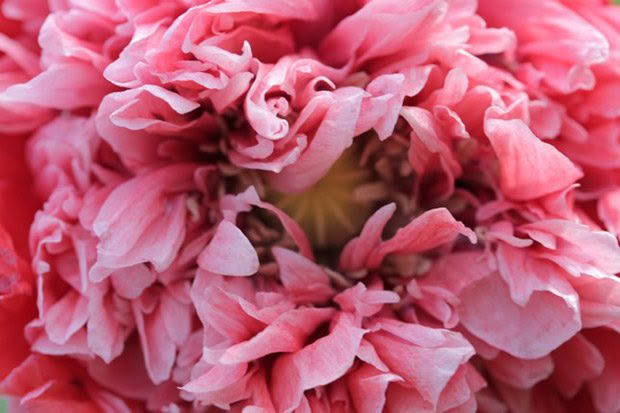
After dealing for many years with that tenacious garden, I decided I was not going to bother with ornamental plants again once we moved. My new garden was going to be about producing food — if it wasn’t edible or medicinal, I wasn’t interested.
But I forgot about the subtle fragrances in the night air, the emergence of the first bulbs heralding spring and the splashes of colour that lure you deeper into the garden. We had rhododendrons and camellia blooms during our first winter here and with spring came a smattering of bulbs. Flowers were lacking, however, and as the fruit-tree blossoms faded only the calendula, nasturtiums and a few assorted herbs brightened the garden.
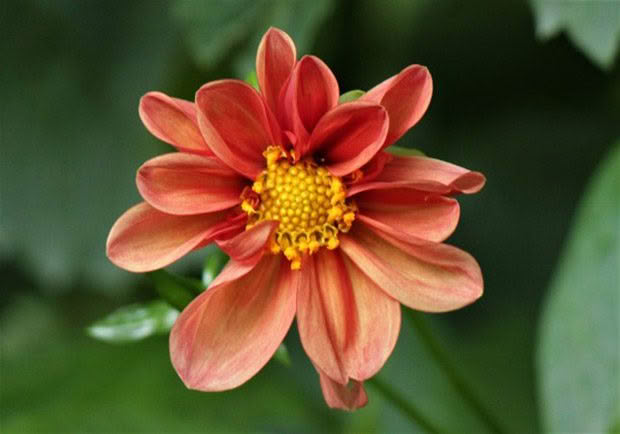
The cover crops in the veggie garden developed buds and then blooms, the blue of the lupins leaving me reluctant to cut them. The resulting rampant masses of plants tumbled over the veggie garden paths, but the bees and bumblebees were happy and busy amongst the chaotic mess. The borage too was left to collapse before I could bring myself to chop back those pretty, starry blue flowers and the chicory self-seeded and grew tall amongst the vegetables. I love these blues as much as the bees and the hum of happiness emerging from the flowers is a cheery sound as I work in the garden.
Slowly the flowers have started coming back into our landscape. Some of them have emerged from seeding plants hitchhiking in the soil of our potted trees. The aquilegia is now naturalising in the gravel and surrounding gardens. Others I have collected from visits to local gardens and walks through friends’ developed gardens, which generally results in buckets of pretty (and often functional additions) to our own garden.
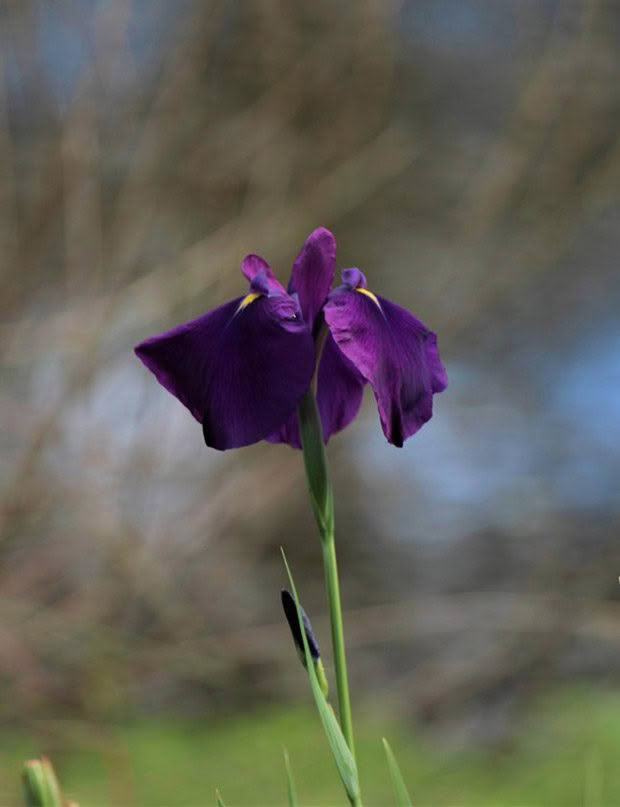
Many of these are both edible and have beautiful blooms that enhance our space. Today, the dahlias are sending up their bright green foliage and promise of blooms to follow. Violets have spread across the shady mulched areas, their fragrance intoxicating over the cooler months when not much else is in flower. The evening primrose has also naturalised along the drive with their splash of lemon-yellow.
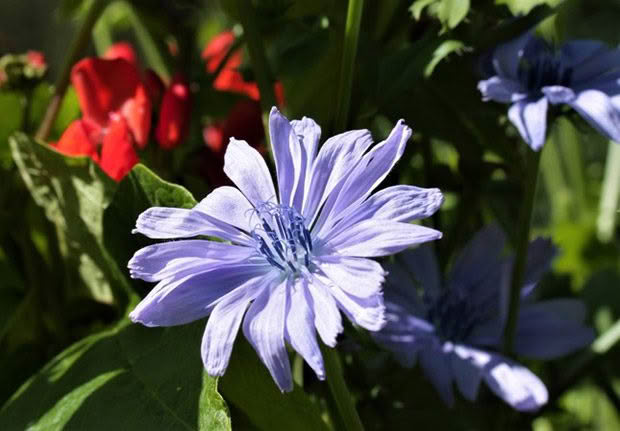
Non-edibles are sneaking in, too. Purple spires of the penstemon and bearded irises emerge after the primula are done. Hollyhocks are establishing their spot in the garden and I wait to see what colours they will bear. Poppy seeds scattered randomly are now putting on a showy display and the lavenders scent the air with oil.
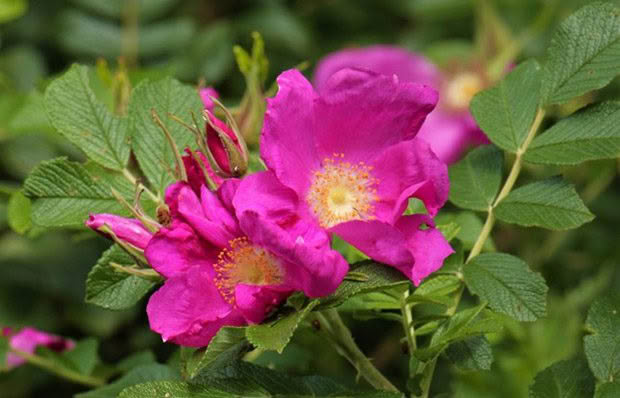
I realise now that the flowers and fragrance I miss most are beautiful old-fashioned roses. I have the vivid cerise-coloured ‘Rugosa’ roses for their fat rosehips and fragrance, a heady scent that floats around their part of the garden. It is only fleeting as I walk around the garden or work amongst its burgeoning life, intermingled with other fragrances of life, some of which are not so pleasant.
It is this flowery waft that I need in the landscape. It is all very well to feed the belly but the beauty and fragrance of flowers satisfies more than just our hunger, it also feeds the soul.
ABOUT REBECCA
In 2020, Rebecca and David Stewart subdivided and sold their block in a tiny Manawatu village in order to create a more self-sufficient way of life. Choosing to buy 6ha (14.8 acres) of land, most of it in pines in a remote corner of King Country, meant no mortgage and treasured financial independence. The distance doesn’t stop Rebecca from running the increasingly popular Homesteading New Zealand group on Facebook. She also posts regular updates on their farm’s transformation to its own page, Fodder Farm. Read more about their journey here, and visit thisnzlife.co.nz every month for the latest from their slice of New Zealand.

